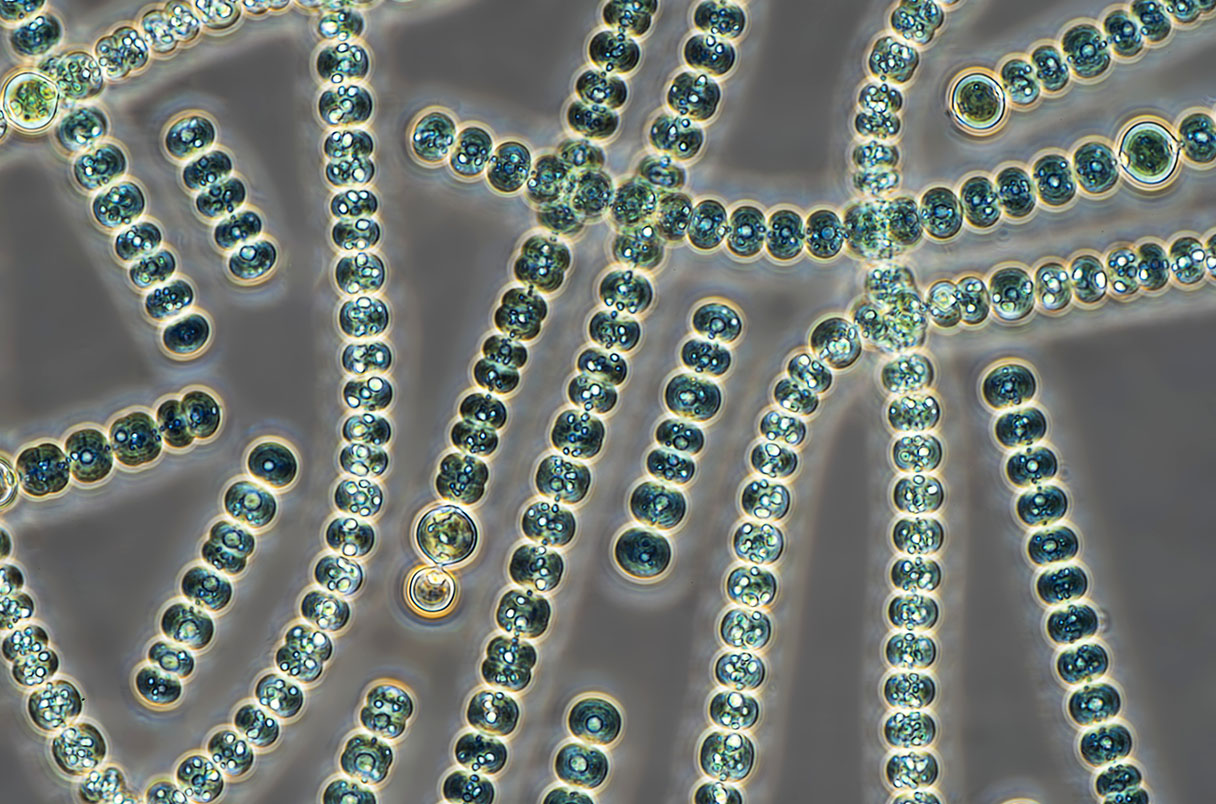New calculations indicate that the number of living cells on Earth surpasses the estimated count of sand grains and stars in the universe. Researchers estimate that there are one trillion times more cells than grains of sand on Earth and one million times more cells than there are stars in the universe. These calculations provide critical insights into our planet’s biological diversity and could help predict how lifeforms will utilize carbon in the future.

These calculations are essential for scientists in their quest to ask meaningful questions and comprehend the world around us. Being able to count and measure different aspects of our environment is fundamental for conducting scientific research.
Peter Crockford, a geologist at Carleton University, led the study. The research began with an inventory of the number of microbes in the ocean, soil, and Earth’s subsurface, combined with the count of cells in larger organisms, to determine the number of cells currently alive, which amounts to an astonishing 10^30 cells, primarily cyanobacteria.
The key to this calculation was primary productivity, the process that transforms carbon dioxide (CO2) into carbon-based compounds that sustain life. These compounds, such as sugars and starches, travel up the food chain: photosynthesizing microbes and plants are consumed by other organisms, which, in turn, are eaten by larger organisms. All of these eventually die, decompose, and return CO2 to the atmosphere, completing the carbon cycle.
To understand how primary productivity has evolved over Earth’s history, the researchers analyzed various factors, such as the numbers and types of photosynthesizing organisms at different points in time, as well as the amount of food they produced. By examining the primary productivity of modern cells, they could estimate the number of cells needed to sustain past productivity levels. They also adjusted their calculations for factors like the emergence of different lifeforms and the impact of ice ages on their activity.
The research reveals that, over time, the number of cells on Earth has cycled through all of the planet’s carbon about 100 times. However, it also suggests that there is an upper limit to these numbers. Earth cannot support more than 10^41 cells.
The findings have been met with support from scientists in various fields. The numbers are seen as reasonable and realistic, providing insights into the evolution of life on Earth. The calculations also offer a glimpse into the future, where it’s suggested that changes in the Earth’s environment, including alterations in CO2 levels, could impact life on the planet, possibly leading to the decline of biomass and a radically transformed Earth in the distant future.
